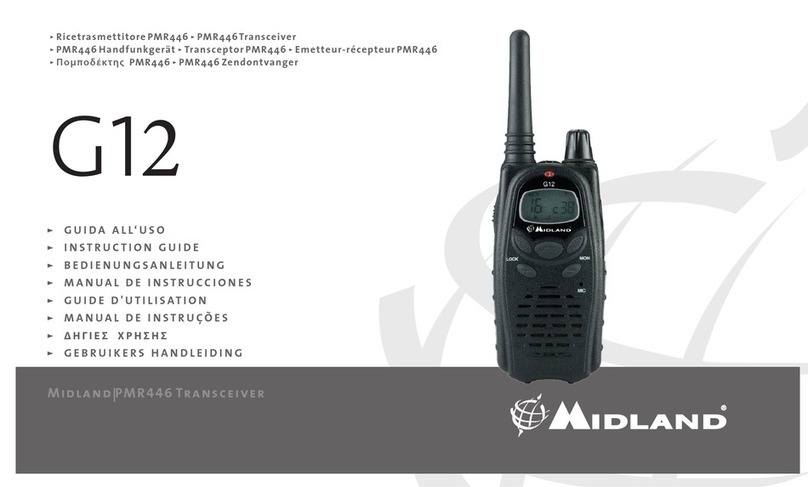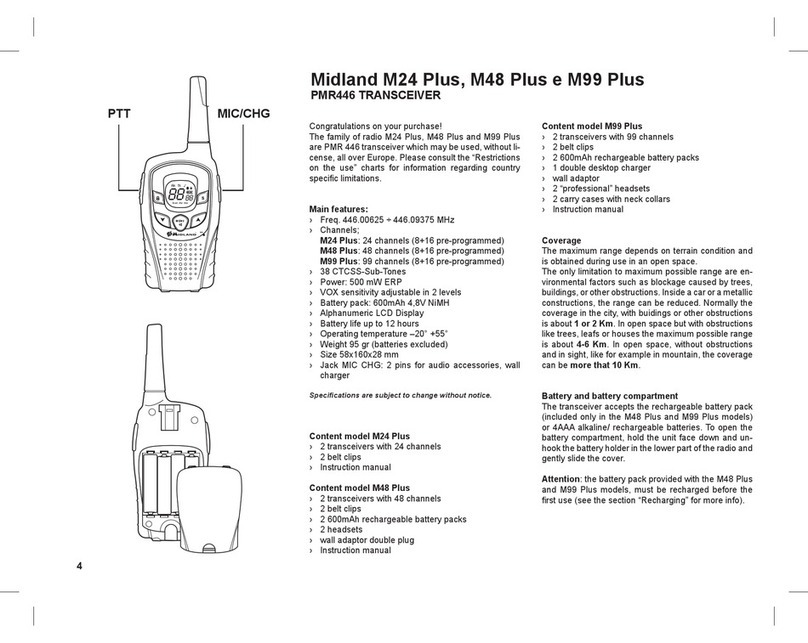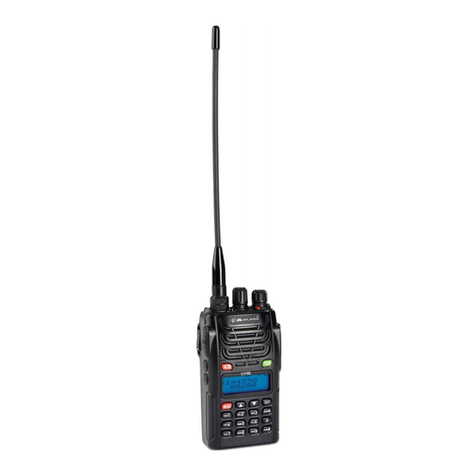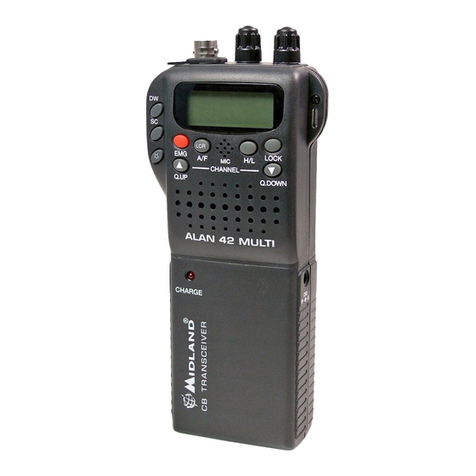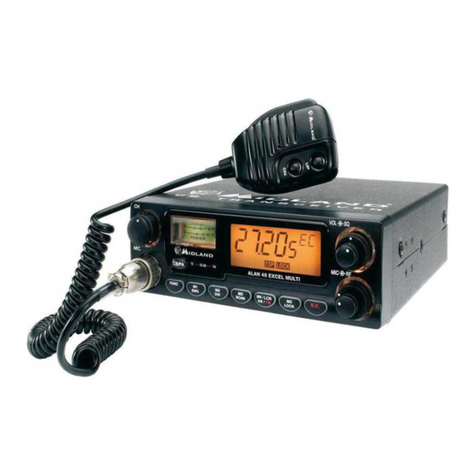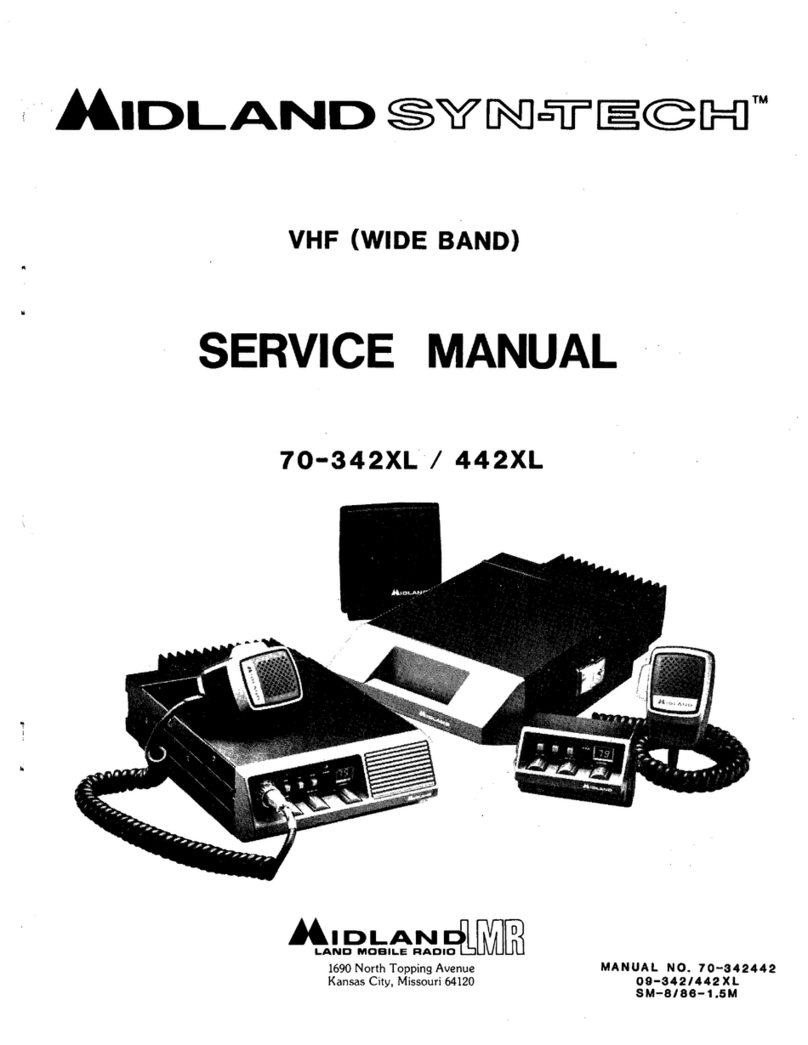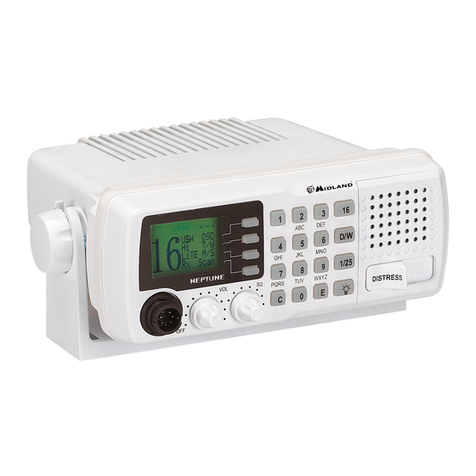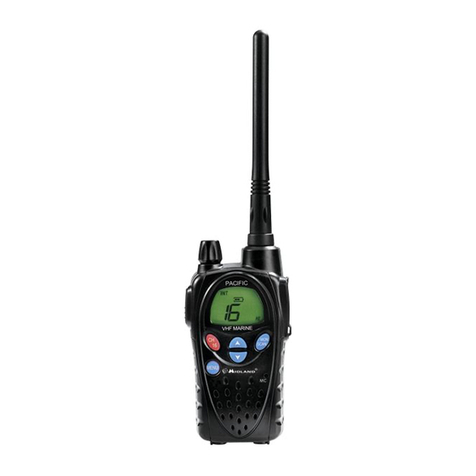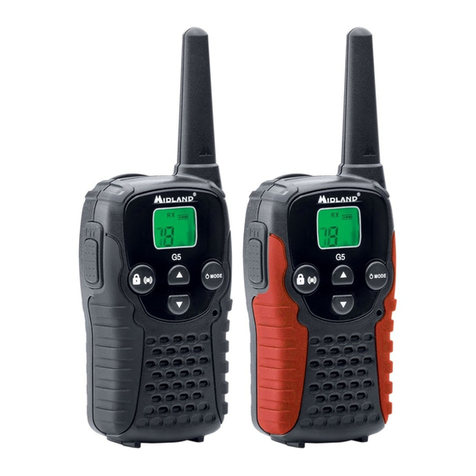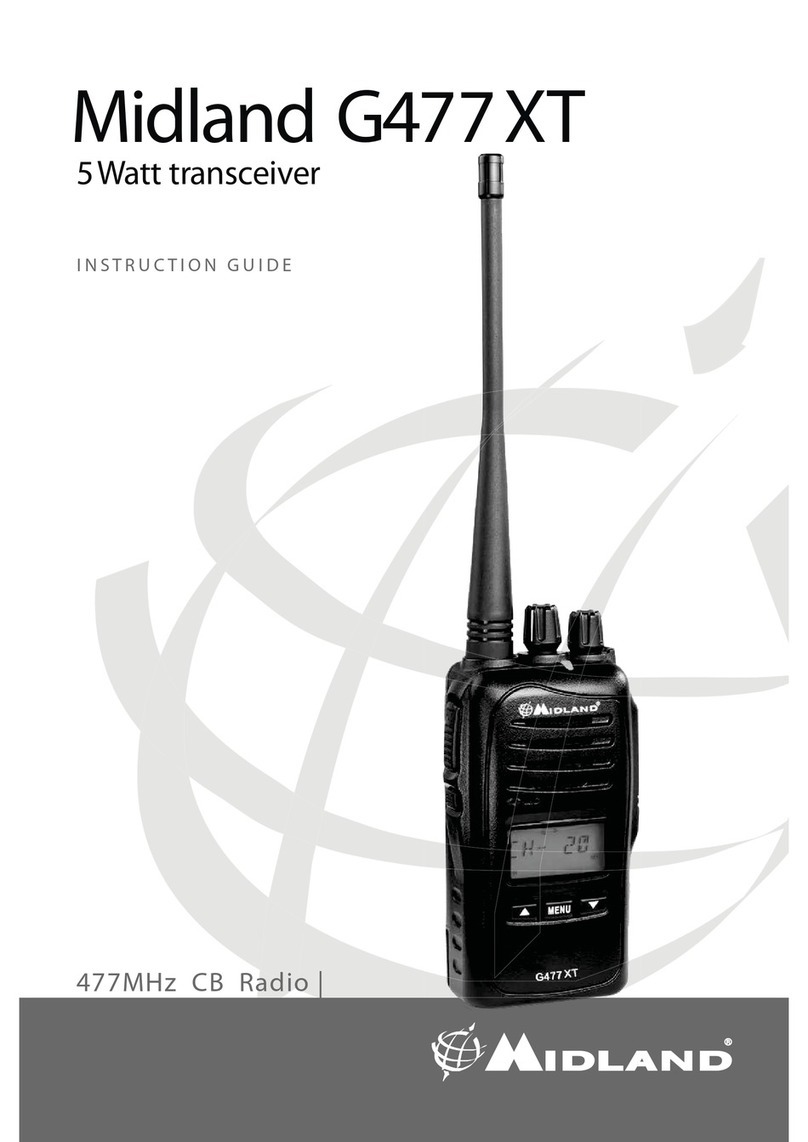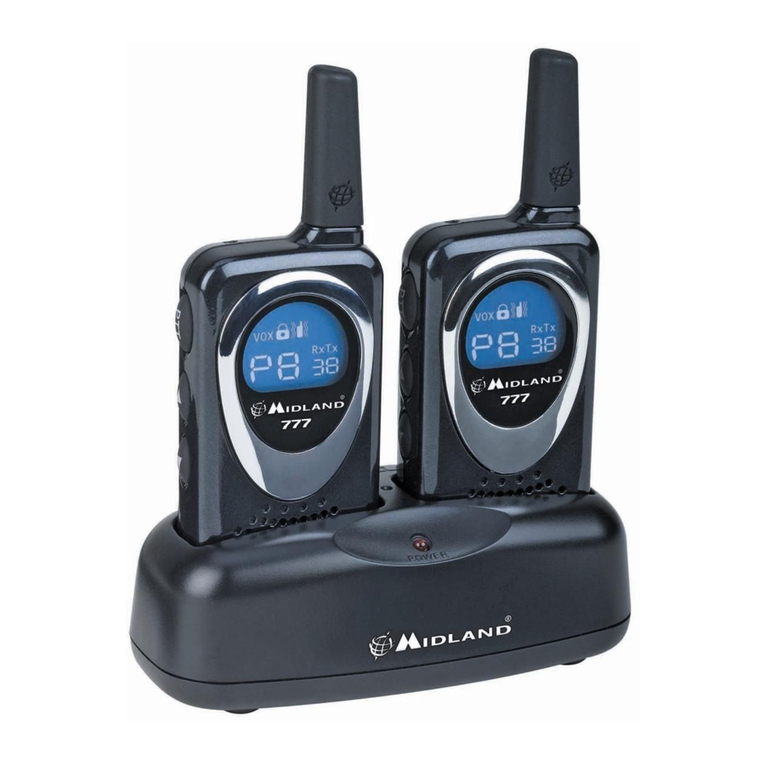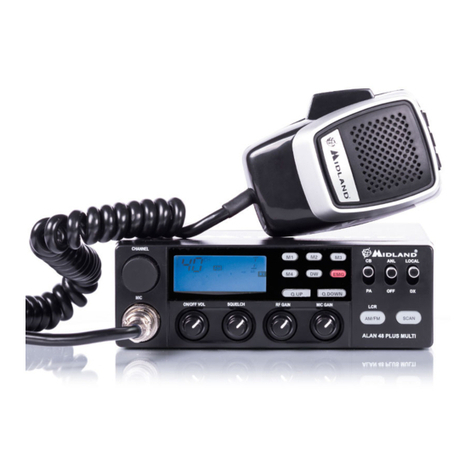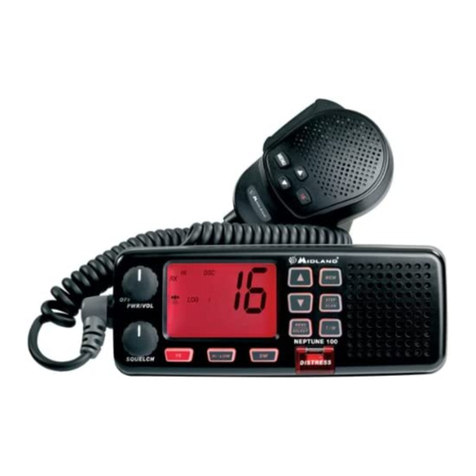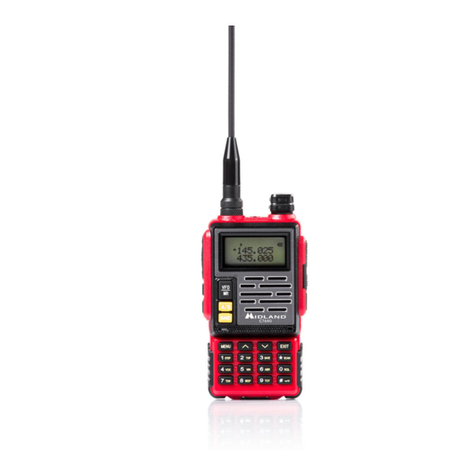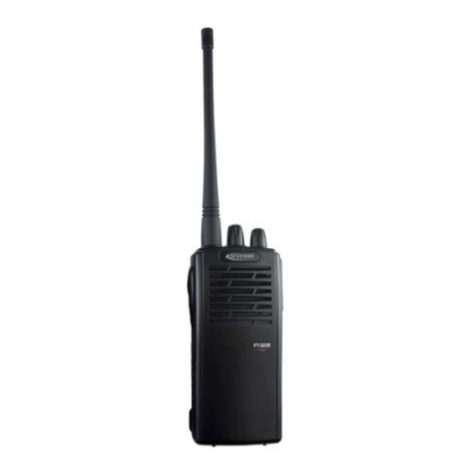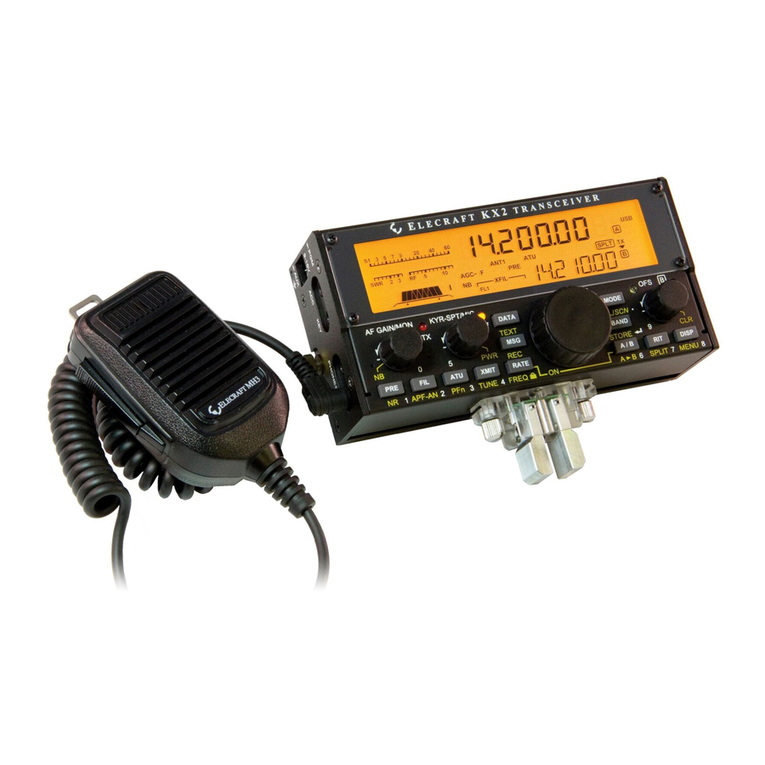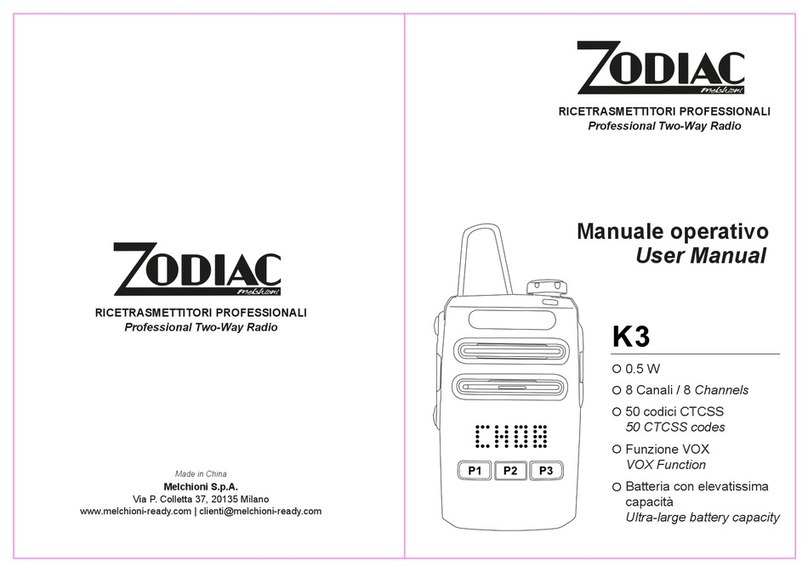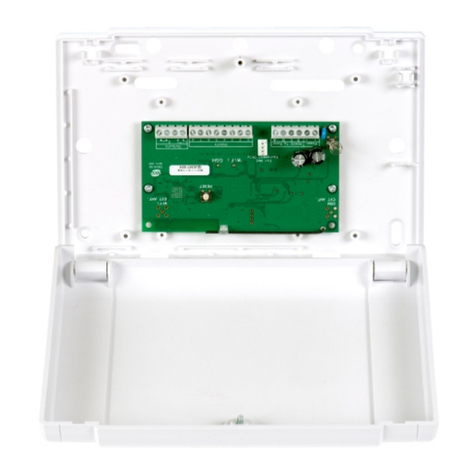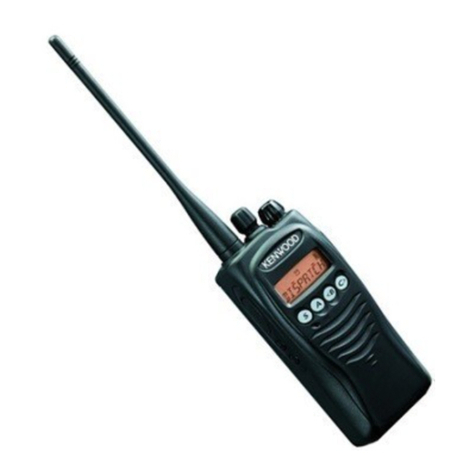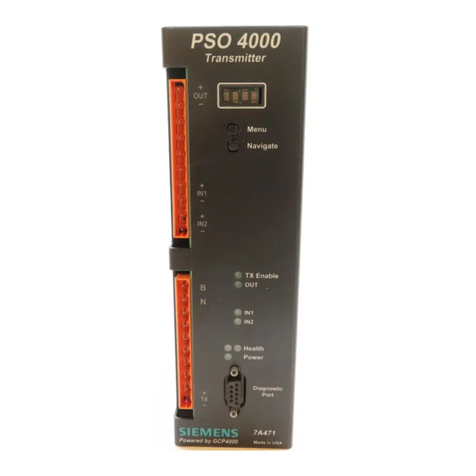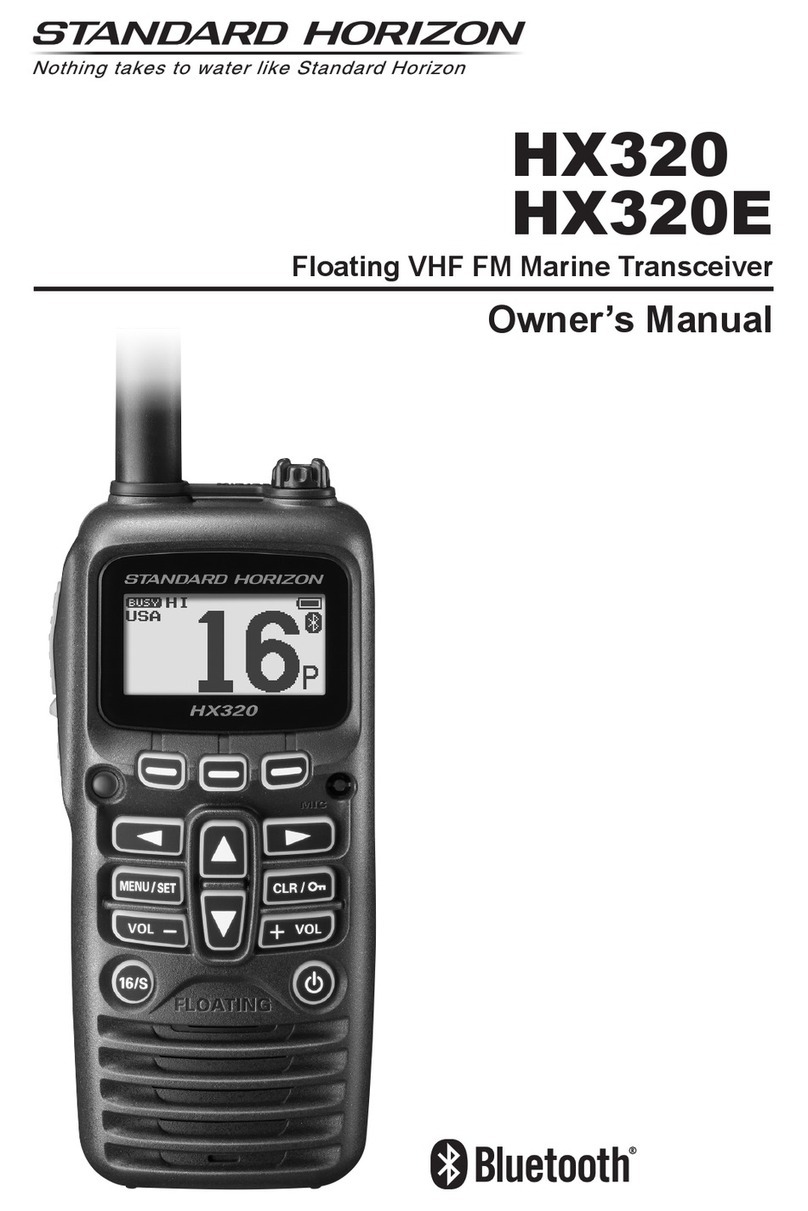
HM35 Series – User’s Manual
Rev. 2.0 on 1 March 2004 Page 3 of 32
In this manual…
1 GENERAL INFORMATION FOR THE HM35 SERIES.................................................................................... 5
2 ABOVE ALL… SAFETY!................................................................................................................................ 6
2.1 Conventions and Symbols Used in This Manual...........................................................................................................6
2.2 Warnings.......................................................................................................................................................................6
2.3 Security.........................................................................................................................................................................6
2.3.a General precautions.........................................................................................................................................6
2.3.b Operating conditions/usage..............................................................................................................................6
2.3.c Installation........................................................................................................................................................7
2.4 Assistance.....................................................................................................................................................................7
3 PARTS OF THE RADIO AND THEIR USE..................................................................................................... 8
Front panel..............................................................................................................................................................................8
Rear panel..............................................................................................................................................................................8
4 CHECKING THE PARTS.............................................................................................................................. 10
4.1.a Package contents...........................................................................................................................................10
4.1.b Hand-held microphone...................................................................................................................................10
5 ADVICE FOR INSTALLATION ..................................................................................................................... 11
5.1 Location/mounting of radio parts.................................................................................................................................11
5.1.a Transceiver.....................................................................................................................................................11
5.1.b Detachable front panel ...................................................................................................................................11
5.1.c Hand-held microphone mount........................................................................................................................11
5.2 Installation of the vehicular antenna............................................................................................................................11
5.3 Connections................................................................................................................................................................12
5.3.a Antenna..........................................................................................................................................................12
5.3.b Power supply..................................................................................................................................................12
5.3.c Connection/Disconnection of the microphone................................................................................................12
5.3.d External speaker (optional) ............................................................................................................................12
6 BASIC OPERATIONS................................................................................................................................... 13
6.1 Turning HM35 on/off ...................................................................................................................................................13
6.2 Volume adjustment .....................................................................................................................................................13
6.3 Channel selection........................................................................................................................................................13
6.4 Reception....................................................................................................................................................................13
6.5 Squelch adjustment.....................................................................................................................................................13
6.6 Monitor........................................................................................................................................................................14
6.6.a Monitor from the menu ...................................................................................................................................14
6.6.b Monitor using the microphone........................................................................................................................14
6.7 Transmission...............................................................................................................................................................14
6.7.a Time Out Timer (TOT)....................................................................................................................................14
6.7.b Busy Channel Lock Out (BCLO) ....................................................................................................................15
6.7.c Selecting transmission power.........................................................................................................................15
7 USE OF COMMANDS/OPTIONS.................................................................................................................. 16
7.1 How to navigate the command menu..........................................................................................................................16
7.2 Summary table for the command menu......................................................................................................................17
Menu diagram.......................................................................................................................................................................18
7.4 Meanings of display icons...........................................................................................................................................18
7.5 Meaning of function key icons.....................................................................................................................................18
Each function key is assignable. The table here below summarizes the meaning of the icons displayed once a function key
is pressed. ............................................................................................................................................................................18
8 CUSTOMIZATION......................................................................................................................................... 20
8.1 Adjustment of microphone sensitivity..........................................................................................................................20
8.2 Adjustment of display contrast....................................................................................................................................20
8.3 Backlight adjustment...................................................................................................................................................20
8.4 Exclusion of internal speaker......................................................................................................................................21
9 USE WITH CTCSS/DCS AND/OR SELECTIVE CALLS...............................................................................22
9.1 Reception....................................................................................................................................................................22
9.2 Transmission...............................................................................................................................................................22
9.2.a CTCSS/DCS Transmission ............................................................................................................................22
9.2.b Sending a selective call..................................................................................................................................22
9.2.c Sending a variable selective call....................................................................................................................23
9.2.d Sending an emergency selective call.............................................................................................................23
10 ADVANCED FUNCTIONS ............................................................................................................................ 24
10.1 Channel scanning .......................................................................................................................................................24
10.1.a Activation of scanning ....................................................................................................................................24
10.1.b Temporary exclusion of channels from scanning...........................................................................................24
10.1.c Temporary pause in scanning........................................................................................................................24
10.1.d Changing the channel scanning list................................................................................................................25
10.2 Rapid recall of home channel......................................................................................................................................25
